Beech (Fagus) is a genus of deciduous broadleaf trees widespread in the northern hemisphere. The genus encompasses about 10 species. They are characterized by their smooth, gray bark and large, spindle-like brown nuts with a pointed tip. The leaves are simple, with a short stem, arranged alternately along the branches.
The fruits are arranged 1-2 at a time, sometimes more, in a cupule. Once the fruits ripen, the cupule splits into 4 parts and the fruits fall out. They are similar to walnuts, with a brown stiff shell.
Species of Beech
In North America, one can find the broadleaf North American beech (Fagus grandifolia), while Eastern Asia has a richer abundance of species: F. crenata, F. japonica, F. engleriana, F. lucida and others. Analogous to beech in the southern hemisphere is the Nothofagus genus.
The common beech is a large deciduous tree, capable of reaching a 131 ft (40 m) height and 5 ft (1.5 m) diameter, living up to 200-300 years. It differs from the Oriental beech in that there are 7-8 veins on each side of the midrib, with the fruit shell having only spiky outgrowths along its entirety. Common beech blooms in March-April, at the same time as leafing and its fruits ripen during the fall. The Oriental beech also blooms at the same time. Common beech is found all over Europe, excluding the farthest southwestern, northern and northeastern parts.
The Oriental beech, in turn, reaches up to 98.5 ft (30 m) high. Its bark is light gray and smooth. At 1 year of age, the branches of Oriental beech are fibrous and droopy, later becoming bare and rising. The leaves of the tree are elliptical, almost leathery. The veins on the leaves number 9-11. This species is common in Southeast Europe, the Caucasus, Asia Minor, Iran.
Composition of Beech
The fruits of beech contain up to 23% protein substances, up to 31% fat, up to 36% nitrogen-free extractive substances, up to 2.3% tannins and dyeing substances, up to 3% mineral salts. The cupules contain the alkaloid fagarine, which is toxic for horses and donkeys.
The most valued component of acorns is the thick oil obtained after pressing them. In its composition are the oleic, linoleic, linolenic fatty acids, saturated fatty acids, unsaponifiables, glyceride residue and others.
Beech wood is one of the main sources for obtaining creosote which is composed of numerous phenols. The juice of beech wood contains free-form amino acids such as alanine, gamaaminomaslena acid, arginine, aspartic acid and glutamic acid, glycine and others.
Growing Beech
Large parks and spacious gardens are home to impressive representatives of the Fagaceae family. Hedges are made from beech, as well as brightly colored varieties for planting in large areas. All varieties have need of lots of space and almost nothing grows underneath the canopy of their thick leaves.
Adult specimens of F. sylvatica form a gorgeous crown of shiny green leaves that yellow in the fall and then brown. This species is too tall for a regular garden but is suitable for hedging.

For a garden you're best off choosing one of the following: Fastigiata which doesn't take up too much space, heterophylla or Pendula (Weeping Downy Birch). Most impressive are the bright leaf varieties: the golden Aurea Pendula or the highly sought Purpurea Pendula. Purpurea Pendula is a small variety with a mushroom-like crown. But the variety with the brightest colored leaves is Riversii.
Beech is nearly unpretentious when it comes to soil but nonetheless, heavy clay soils should be avoided. Acorns need to be planted in the open during fall. Germination percentage of the seeds is between 60-90%. Grow the bright leaf varieties in a bright sunny area. Prune the trees and hedges in July.
At a young age (between 30 and 60 years), the tree grows shoots when the central stem is cut and hardly forms any root sprouts at all. Upward growth of common beech is slow during the first few decades. It reaches its maximum height at around 100-120 years of age, after which it continues grow in thickness.
The taproot of beech grows very intensively during the first years but then the lateral roots grow out as well, thus forming a solid root system. Some of the surface roots point upward and their offshoots spread out along the dead soil cover.
Picking and Storing Beech
Both species of beech are picked in October. The acorns and wood are used. Once the cupules of the acorns ripen fully, they split open. Then, the area under the tree is cleaned of branches and leaves, after which canvasses or tarpaulins are laid out and by shaking the tree down the acorns fall right onto the canvasses. Winnow the collected acorns, removing any damaged fruits.
Lay out the cleaned ones onto canvasses in a ventilated area to finish drying. If the weather is dry and sunny, this step can be performed in the forest itself. However, the acorns need to be covered well with canvasses during the night. The best results are had when the acorns are dried in a dryer at a temperature of up to 140°F (60 °C) with good ventilation. Store the dried fruits in dry, ventilated and clean areas; it's recommended to check on them from time to time.
Benefits of Beech
Beech is nectariferous and decorative plant. Cold pressed thick oil obtained from acorns has a pleasant smell and wonderful taste. The oil is used for food, in the canning industry, to make margarine and more. The fatty oil extracted from acorns through hot pressing is also used in the soap industry. Acorns and the oil cake from them are excellent for fattening up pigs.
Wood, especially that of common beech is used in the production of plywood, hardwood, furniture, mine props, sleepers, for obtaining cellulose and charcoal, tar, which contains creosote, xylene, guaiacol, acetone and more.
Beech nuts find use in medicine since they are rich in proteins, sugar, vitamin E, organic acids and others. As far as beech wood, modern medicine finds use only for the tar from it. The tar is applied topically as a cream. It has antiseptic and antifungal properties. As well, it relieves itching from skin diseases such as eczema, psoriasis and scabies.
Additionally, it has good effects for bronchial inflammation. The healing properties of beech help in diseases and problems with the skin and eyes, diseases of the skeletal and muscle systems, damaged digestive system, kidney problems and diseases, for strengthening the body's immune system and its first line of defense.

Folk Medicine with Beech
Folk medicine recommends beech leaves for the treatment of jaundice, fever and spasms. The following recipe is recommended for cough: brew 4/5 cup (200 g) of beech nuts as you would a coffee, then grind them. Mix them with 2 cups (500 g) of honey. Take 1 tbsp of the mixture 3-4 times a day before meals.
To make an infusion of beech bark, put 1 handful of finely chopped bark into 1 1/5 cups (300 ml) of boiling water. This remedy is used to treat urinary infections, rheumatism, fever and more. Drink 2-3 cups of the infusion every day.
Another folk medicine recipe calls for taking about 3 1/3 tbsp (50 g) of beech bark and leaving it to boil for a few min. The recommended dose is 2-3 cups a day.
Beech buds can be consumed in raw form against urinary infections and rheumatism.
Bath infusions from beech also aid against rheumatism. To make one, collect young beech branches for the infusion. The bark of the tree can be used as well but it needs to be mixed with cool water.
If you would like to cleanse and freshen your skin in a nontraditional way, you can try using wood ash from beech. This nontypical beauty treatment method will definitely tone and nourish your skin. Beech wood ash is used in folk medicine for removing warts from the skin.
For diarrhea and stomach problems, folk medicine advises using the bark of beech. Use it to make an infusion and drink 2-3 cups a day.
Another fever remedy: boil 2 tbsp of finely chopped bark in 1 1/5 cups (300 ml) of water. Once it's ready, leave the infusion to cool, filter it well and drink 1 spoon every hour throughout the entire day.
For wounds, make a fine powder from beech leaves, apply it to the affected area.
Dangers of Beech
When using beech nuts, be extremely careful since the fruits are poisonous if consumed raw and in high amounts.
Also keep in mind that skin and mucosa irritation are possible if using tar from beech wood in an undiluted state, while continued use can lead to inflammation.

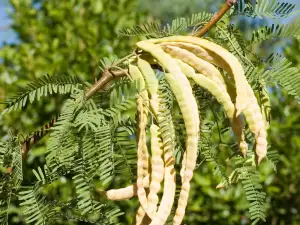
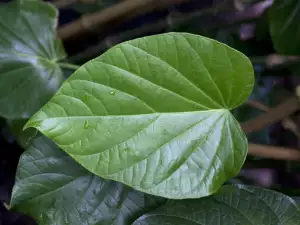
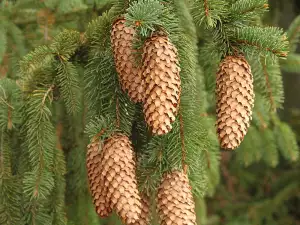
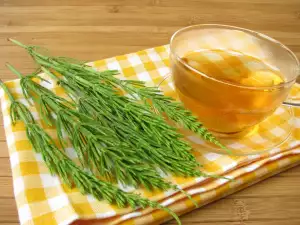
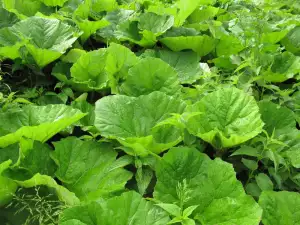
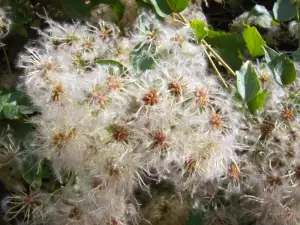
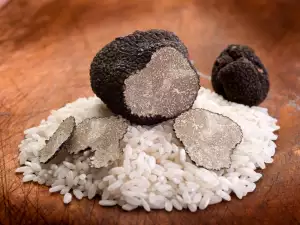
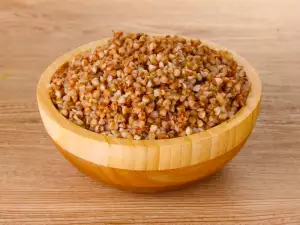
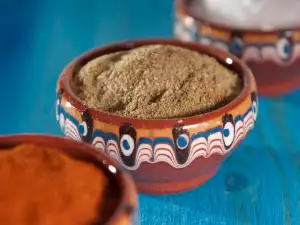
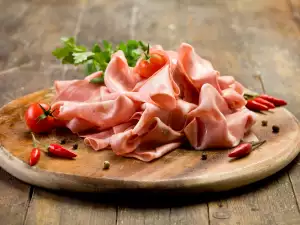
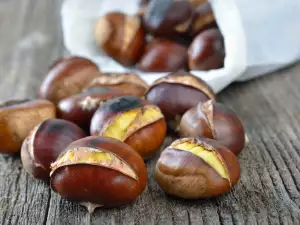
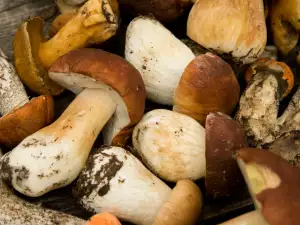
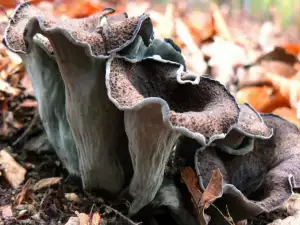


Comments